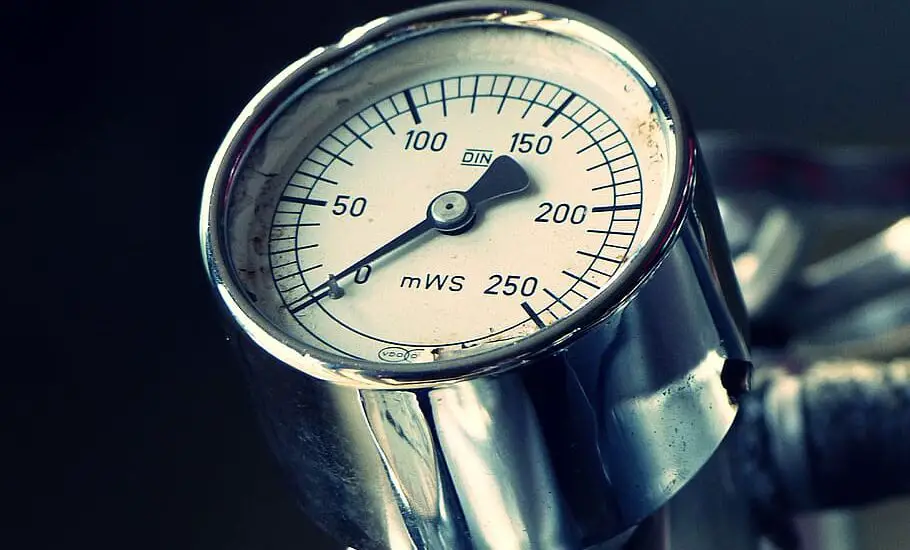This article provides you with a complete guide to understanding and performing an expansion valve test, leaving no stone unturned in helping you make informed decisions about your HVAC system.

Tools Needed for an Expansion Valve Test
Before you start testing the expansion valve, it’s crucial to have the right tools at your disposal. Each tool has a specific role in the testing process, and lacking one could compromise your results. Here are the essential tools you’ll need:
Manifold Gauges: A set compatible with your HVAC system’s refrigerant type. For instance, this Amazon-listed Orion Motor Tech 4 Way AC Gauge Set is compatible with R410a, R22, and R134a refrigerants.
Thermometer: For measuring the temperature of the refrigerant.
Pressure Chart: Specific to your refrigerant, as different refrigerants have different pressure-temperature relationships.
Safety Gloves and Goggles: Personal protective equipment is essential for your safety.
Step-by-Step Guide to Performing an Expansion Valve Test
Once you’ve gathered all the necessary tools, you’re ready to begin the test. Below are detailed steps to guide you through the testing process:
Turn Off the System: The first step is to ensure your safety and the safety of the system. Turn off your HVAC system and unplug it from any electrical outlets. This prevents any electric shock or system malfunction during the testing process.
Attach the Gauges: Put on your safety gloves and goggles. Locate the low and high-pressure ports on your HVAC system. These ports are usually labeled or color-coded. Attach your manifold gauges to these ports, making sure they’re tightly secured to prevent any leakage.
Check the Pressure: After securely attaching the gauges, it’s time to measure the pressure. Turn your system back on and allow it to run for at least 5-10 minutes to stabilize. Keep an eye on the pressure readings on both the low and high-pressure gauges during this time.
Consult the Pressure Chart: With your stabilized pressure readings, now refer to the pressure chart specific to your refrigerant. The chart will show the ideal pressure ranges for the refrigerant at various temperatures. Compare your gauge readings to the chart to evaluate if the expansion valve is working correctly. Any significant deviations may indicate a faulty expansion valve.
Measure the Temperature: Now use your thermometer to measure the temperature of the refrigerant as it enters and exits the evaporator coil. This is crucial to determine if the expansion valve is allowing the right amount of refrigerant to flow through.
Compare and Analyze: Take both your pressure and temperature readings and compare them. Significant discrepancies between your readings and the standard values indicated on the pressure chart could mean that your expansion valve is malfunctioning.
Take Corrective Action: Depending on the results of your tests, you may need to adjust the settings on your expansion valve, have it repaired, or replace it entirely. If the adjustments or repairs are beyond your skill level, it’s advisable to consult a certified HVAC technician.
Check out these other related articles…
Adjusting TXV Superheat: 6 Easy Steps to Follow
TXV Adjustment Clockwise: How to Do It in 5 Easy Steps
Danfoss Expansion Valve Adjustment: A Comprehensive Guide
Adjusting TXV for Subcooling: The Ultimate How-To Guide
Car Expansion Valve Adjustment: In 5 Easy Steps
Why Test the Expansion Valve?
Performing an expansion valve test is crucial for several reasons. First, it helps you identify if the valve is the culprit behind your system’s poor performance.
Second, a malfunctioning valve can lead to compressor failure, which is a more expensive problem to fix. Early detection can thus save you time and money.
Third, regularly checking the valve can extend the lifespan of your HVAC system.
